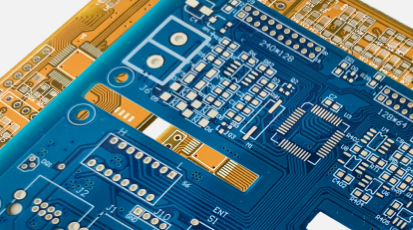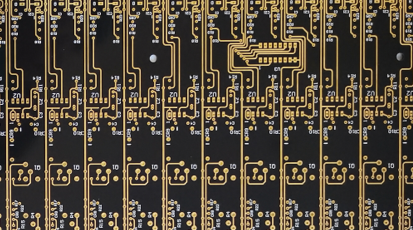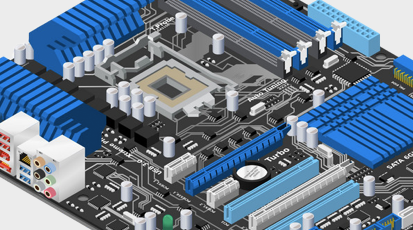Understanding IPC-A-610 Class 3 Requirements in High-Reliability PCBA Manufacturing
By:PCBBUY 10/29/2025 15:12
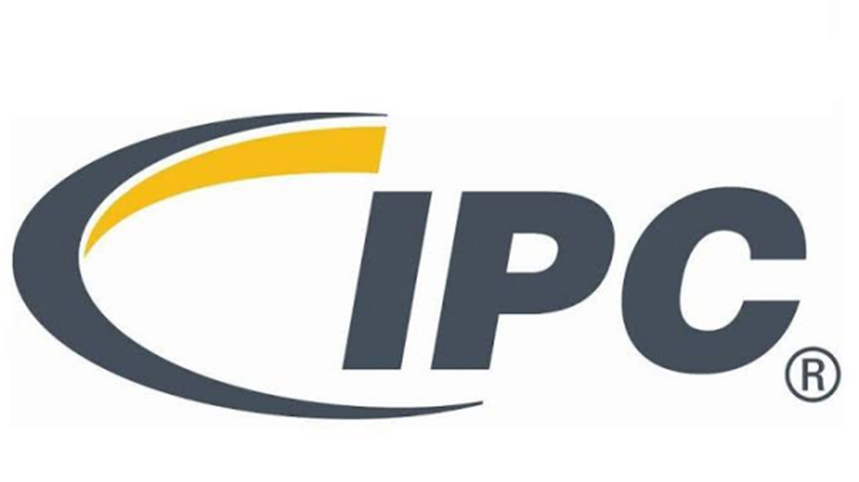
In the electronics manufacturing industry, the IPC-A-610 standard is widely recognized as the authoritative guideline for the acceptability of assembled printed circuit boards. Among its classifications, IPC-A-610 Class 3 requirements are the highest and strictest level, suitable for products that must offer maximum reliability, even in harsh and mission-critical environments. This includes aerospace avionics, medical life-support equipment, industrial control systems, and automotive safety components.
For companies seeking a manufacturing partner capable of meeting such demanding standards, PCBBUY provides a complete high-reliability PCBA production service that aligns with IPC-A-610 Class 3 requirements, from PCB fabrication and component sourcing to SMT assembly and final testing.
What Makes IPC-A-610 Class 3 Requirements Different?
Compared to Class 1 (consumer electronics) and Class 2 (general industrial equipment), IPC-A-610 Class 3 requirements enforce more rigorous inspection and performance criteria. Class 3 assemblies must demonstrate:
-
Superior solder joint integrity with full wetting and no defects.
-
Precise component placement, especially for fine-pitch and BGA packages.
-
Enhanced cleanliness requirements, with minimal flux residue.
-
High mechanical durability to withstand vibration, shock, and temperature variation.
-
Zero tolerance for intermittent electrical performance.
In short, Class 3 compliance means assembling boards to a standard where failure is simply not acceptable.
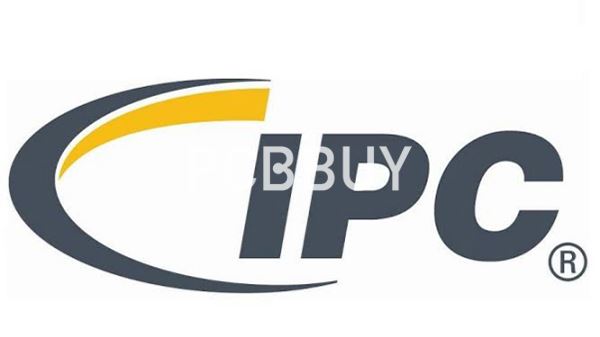
Key IPC-A-610 Class 3 Requirements in PCBA Manufacturing
Below is a simplified overview of the most critical acceptance criteria:
|
Feature |
Class 3 Requirement Summary |
|
Solder Joints |
Must be smooth, continuous, and fully wetted with no cracks, voids, or dull surfaces |
|
Component Placement |
Leads and terminations must be perfectly aligned with pads, no lifted edges allowed |
|
BGA and Fine Pitch Soldering |
Requires X-ray inspection to confirm hidden internal joint integrity |
|
Cleanliness |
Residual flux and contaminations must be kept extremely minimal and controlled |
|
Protective Coatings |
Uniform conformal coating thickness for environmental resistance |
These standards ensure the PCB assembly can perform reliably over long service lifetimes and under physical and thermal stress.
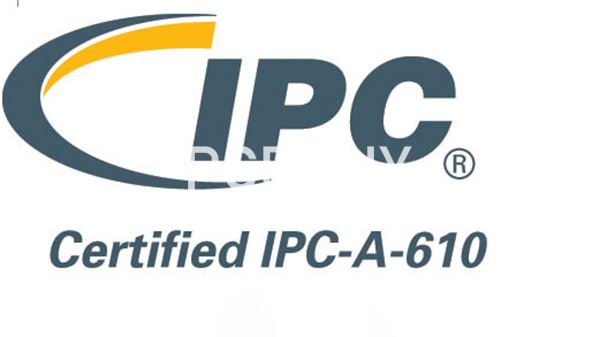
PCBBUY Manufacturing Capabilities for IPC-A-610 Class 3 Requirements
PCBBUY has invested in modern production technology and quality control systems to support IPC-A-610 Class 3 requirements. Key capabilities include:
-
High-precision SMT assembly lines capable of placing 0201, 01005, and fine-pitch BGA/CSP components.
-
Advanced reflow soldering temperature control, ensuring consistent solder wetting.
-
Selective wave soldering for through-hole and mixed-technology assemblies.
-
Strict humidity and temperature environmental control in assembly workshops.
-
Dedicated inspection staff certified in Class 3 visual inspection procedures.
These capabilities allow PCBBUY to ensure precise process repeatability and stable high-reliability outcomes.
PCBBUY Quality Assurance Process Aligned with IPC-A-610 Class 3 Requirements
Quality control is integrated into every stage of PCBA production at PCBBUY. Our Class 3 QA workflow includes:
-
Incoming Material Inspection
Components and PCBs are verified for solderability, marking accuracy, and traceability. -
Solder Paste and Stencil Management
Printing parameters and stencil cleanliness are tightly monitored to avoid bridging and insufficient solder. -
SPI (Solder Paste Inspection) and AOI (Automated Optical Inspection)
100% coverage to eliminate placement and soldering errors early in the process. -
X-ray Inspection for BGA and Micro-BGA Joints
Evaluates void ratio, wetting performance, and joint formation consistency. -
Functional Testing and Aging Tests (Optional)
Ensures long-term reliability under expected working conditions.
This multi-layered approach is specifically tuned to meet the reliability levels demanded by IPC-A-610 Class 3 requirements.

Industries That Require IPC-A-610 Class 3 Requirements
Products built to Class 3 reliability standards are commonly used in:
-
Aerospace and aviation electronics
-
Medical monitoring and life-support devices
-
Automotive safety systems (ADAS, ESC, battery management units)
-
Industrial automation and defense systems
In these fields, consistent quality is not just preferred — it is mandatory.
Why Choose PCBBUY for Class 3 PCBA Manufacturing
PCBBUY offers not only manufacturing capability but also engineering support, process expertise, and supply chain stability. Advantages include:
-
Proven experience handling complex Class 3 assemblies
-
Stable component sourcing from verified global suppliers
-
One-stop PCB + components + assembly + testing service model
-
Competitive pricing for both prototype and mass production
PCBBUY’s focus is to support customers who require reliability, performance, and long-term dependability.
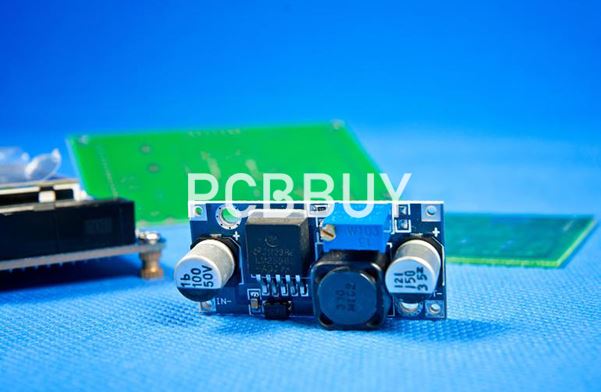
FAQ About IPC-A-610 Class 3 Requirements
|
Question |
Answer |
|
Can PCBBUY produce Class 3 prototype and small-batch PCBA? |
Yes, PCBBUY supports both prototyping and volume Class 3 production. |
|
What documents should I provide to request Class 3 assembly? |
Gerber files, BOM list, pick-and-place file, assembly drawing, and Class 3 specification indication. |
|
Can PCBBUY provide inspection records and X-ray reports? |
Yes, inspection and X-ray images can be included upon request. |
Industry Category

